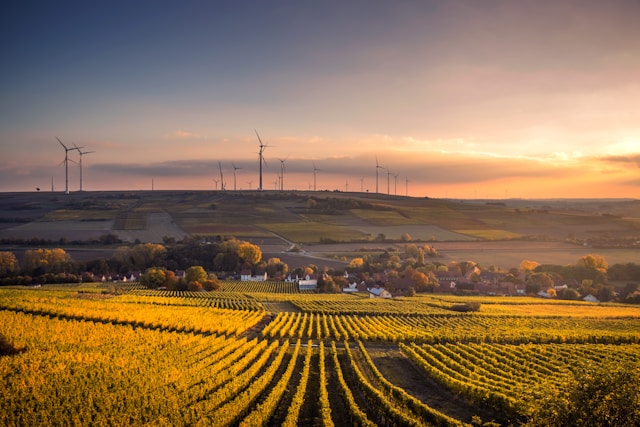The U.S. Department of Agriculture (USDA) announced it will give out $1 billion in grants to pilot projects designed to commercialize climate-smart commodities, under the Partnerships for Climate-Smart Commodities, which launched a call for proposals on Feb. 7.
The USDA will provide technical and financial assistance to producers who implement climate-smart practices on working forest or agricultural lands. Pilots span one to five years, with grants ranging from $250,000 to $100 million.
“A climate-smart commodity is defined as an agricultural commodity that is produced using agricultural (farming, ranching or forestry) practices that reduce greenhouse gas emissions or sequester carbon,” according to the announcement of the call.
Applications are open to state, local, and tribal governments, NGOs, small companies, for-profit groups other than small enterprises, and public and private educational institutions. The first deadline is April 8, for applications of more than $5 million.
The pilots should show the way to new streams of income for farmers, ranchers and foresters who “are leading the way in implementing climate-smart solutions across their operations,” says Agriculture Secretary Tom Vilsack. “We’re trying to incentivize the creation of climate-smart commodities that hold higher value in the marketplace that farmers can generate additional profit from.”
President Biden promised that these kinds of projects would be funded through the USDA’s Commodity Credit Corporation about a year ago, when he urged American farmers to lead the way in carbon reductions.
Agriculture’s climate problems and solutions
Agriculture can do a lot to reduce its carbon footprint. According to Environmental Protection Agency estimates, the agriculture economy accounted for more than 10% of total greenhouse gas emissions in the United States in 2019.
Farmers and foresters have been hit hard by climate change.
According to Scientific American, sweltering temperatures induced by climate change dealt a multibillion-dollar blow to U.S. farmers and the public insurance program that protects them from disastrous losses. Along with threatening agriculture, these losses impact American taxpayers, who finance the government farm insurance program, says a study in Environmental Research Letters.
Agriculture, also offers a range of opportunities to combat climate change.
An article for the Natural Resources Defense Council (NRDC) says: “Some research suggests that widespread trapping of carbon in soil through practices such as cover cropping, low- or no-till cultivation, and crop rotation could globally store up to the equivalent of eight billion metric tons of carbon dioxide per year—nearly matching current annual emissions from the burning of fossil fuels, though more research is needed to determine if the gains decline over time.”




